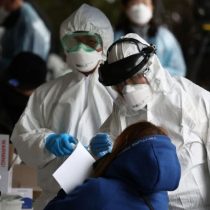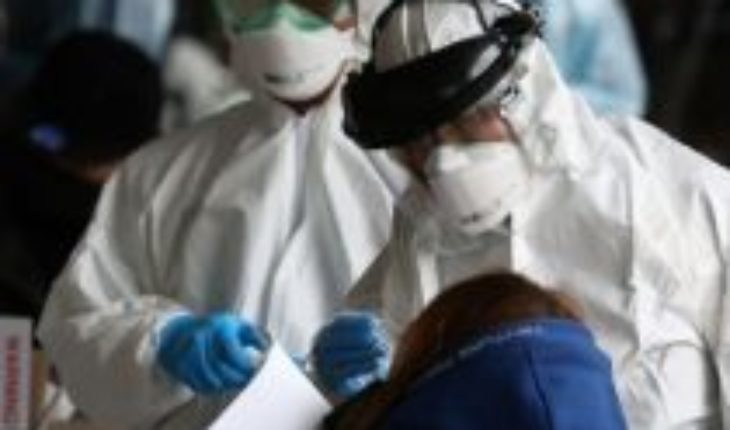
The coronavirus officially became a pandemic on Wednesday.
As of March 11, the virus was present in 114 countries, with more than 115,000 people infected and more than 4,000 deaths,
China, Italy, Iran and South Korea are to date the nations hardest hit by the spread of the virus, and their governments have taken steps to stop its spread.
China isolated several cities and built hospitals in less than a week to deal with the emergency, while the Italian government decreed isolation throughout the peninsular territory.
But there is one case that is being taken as an example: that of South Korea.
Despite having a high number of diagnosed cases (7,755, the fourth highest in the world), the death toll as of March 11 was 63, representing a mortality rate of 0.6%, lower than that of the U.S., Italy and Iran.
How has South Korea reacted to the coronavirus epidemic and what could other countries learn?
“South Korea has advanced an aggressive campaign to combat the virus. He made his entire health system available to diagnose early covid-19 in critical residents of the country,” explains Bugyeong Jung, a journalist for the Korean BBC service.
An example of this is that, although the U.S. and South Korea announced the first case of coronavirus in their respective countries on the same day (January 20), as of this week the U.S. had examined 4,300 people in its territory.
South Korea, on the other hand, took the test in 196,000.
“That method, while described as invasive, has managed to save lives,” Jung adds.
Mass diagnosis
When the epidemic broke out, in late 2019 in northern China, it was known that neighboring countries would be the first where the new virus would land.
On January 20, South Korea confirmed news of the first coronavirus case.
Soon, the South Korean health system detected the origin of the epidemic in its country: the northern city of Daegu, where three-quarters of total cases have been filed in South Korea.
And of these, 63% of the cases of contagion were related to the religious group the Church of Jesus of Shinchonji, a cult dedicated to expanding the idea that its founder, Lee Man-hee, is the second incarnation of Jesus Christ.
“South Korea was ready to deal with this epidemic since last year, when it had to deal with MERS (Middle East Respiratory Syndrome),” Jung says.
The strategy, coordinated by the South Korean Ministry of Health, was established from day one: a broad diagnostic network and a target of reducing the mortality rate.
“Detecting the virus at its earliest stages is critical to identifying the people who have it and thereby being able to stop or delay its expansion,” South Korea’s health minister, CNN Park Neunghoo, South Korea’s health minister, told CNN.
“That has also allowed us to properly plan health care, because only 10% of those infected require hospitalization,” he added.
For specialists, the method used by South Korea is the most effective because it allows to have a broader picture of what is happening.
“South Korea has been controlling 10,000 people a day, many of the people who tested positive had mild symptoms,” Hong Kong University Professor of Epidemiology Benjamin Cowling told BBC World.
Reviews
But the strategy has had its criticisms.
As BBC journalist Hyung Eun Kim points out, the volume of information the government has revealed – including knowing if your neighbor has coronavirus – has been objected to.
“There is a social fear that has created many awkward moments between people in several cities. All the time people are getting information about infected people on their cell phones,” the reporter says.
“It has also led many to ask the government not to disclose their personal data, because of the implications this may have,” he adds.
The strategy seemed to be working: the number of people infected was down in the last 11 days, leading the government to think that the epidemic had already “reached its highest point” and was being controlled.
However, on Wednesday, the minister himself noted that 90 new cases were diagnosed, raising the rate of contagion in the country again.
The main reason was the detection of an infection hotspot at a call center located in the country’s capital, Seoul.
“The known infections in this call-center could be the beginning of a new wave leading to a regional outbreak and the expansion of the epidemic,” Park said in a state release.





